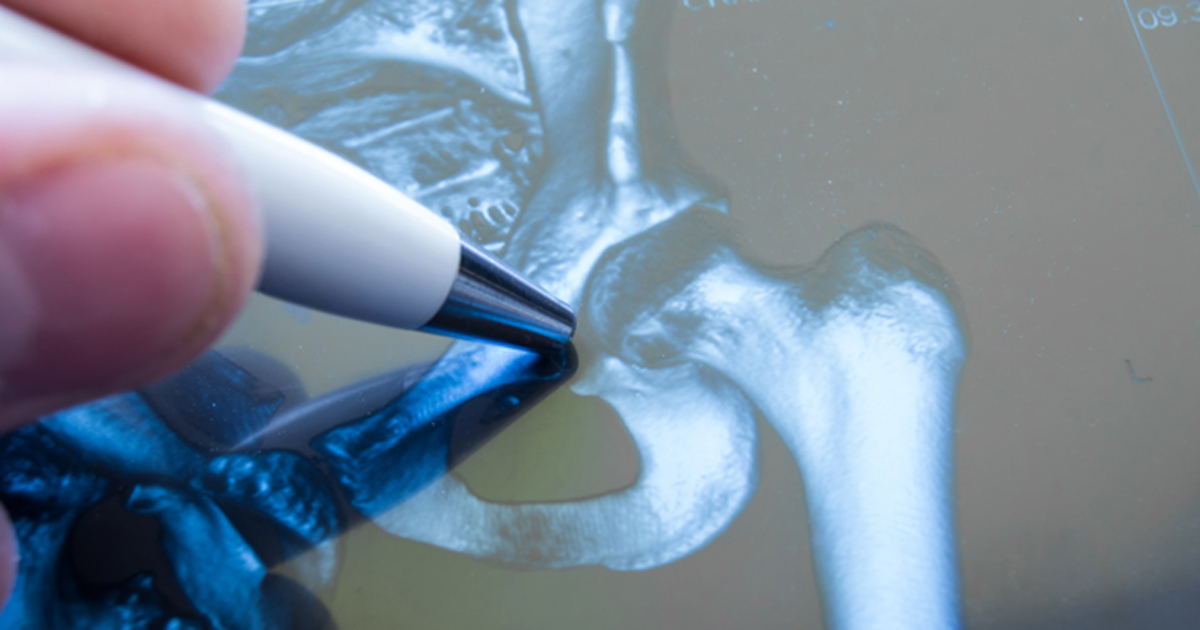Risk for poor bone health persists 10 years after gastric bypass
A cohort of adults with obesity who underwent Roux-en-Y gastric bypass showed markers for poor bone health in the decade after surgery, including elevated bone turnover markers and lower areal bone mineral density, according to findings published in Bone.

“Persistent elevation of serum bone turnover markers and continuous reductions in areal BMD following weight stabilization indicate effects of [Roux-en-Y gastric bypass] on bone metabolism beyond that of adaptation to a reduced weight,” Ingvild Kristine Blom-Høgestøl, MD, of the department of endocrinology, morbid obesity and preventive medicine at Oslo University, Norway, and colleagues wrote in the study background. “In line with the high turnover state, increased fracture rates have been reported in several studies. The high turnover state after [Roux-en-Y gastric bypass] is probably multifactorial. The high prevalence of secondary hyperparathyroidism likely contributes to this state of high bone turnover.”
Blom-Høgestøl and colleagues analyzed data from 122 patients who underwent Roux-en-Y gastric bypass between June 2004 and December 2006 at Oslo University Hospital and were recruited for a 10-year follow-up between June 2016 and March 2018 (mean age, 50 years; 97% white; 77% women). Follow-up visits included morning fasting blood samples, clinical exam and measurements of bone metabolism markers via DXA. Researchers stratified the cohort by sex, age and menopausal status to explore areal BMD outcomes among participants who were premenopausal or men aged 49 years or younger (areal BMD was defined according to higher range of normal, lower range of normal and expected range for age), and postmenopausal women and men aged at least 50 years (T-scores defined as normal, osteopenia or osteoporosis).
At the 10-year follow-up, five participants (four women) received antiosteoporosis therapy, 15% reported sustaining a clinical, low-energy fracture, 24% reported regular intake of calcium supplements and 31% reported regular intake of vitamin D supplements. DXA measurements revealed that 8% of participants experienced at least one moderate to severe vertebral fracture. Within the cohort, 31% of participants had secondary hyperparathyroidism, 33% had vitamin D deficiency and 75% had vitamin D insufficiency.

Among the 63 participants who were premenopausal women or men aged 49 years or younger, 30% had an areal BMD in the lower range of normal (z score, –1.1 to –1.9), and 8% had an areal BMD below the expected range for age (z score –2). Among the 59 participants who were postmenopausal women or men aged 50 years or older, 51% had osteopenia and 27% had osteoporosis, according to researchers.
Researchers also noted that the bone resorption markers C-terminal telopeptide of type 1 collagen (CTX-1) and procollagen type 1 N-terminal propeptide (P1NP) were higher in participants with an areal BMD z score or T-score of –1.1 or lower compared with participants with an areal BMD z score or T-score of at least –1.
“Collectively, our findings suggest that [Roux-en-Y gastric bypass] may be a risk factor for [areal] BMD below expected range for age and osteoporosis” the researchers wrote.
Researchers found that several factors predicted a low areal BMD or T-score of less than –1.1 at 10 years after gastric bypass, including preoperative hypothyroidism, older age, postmenopausal status, a BMI of at least 35 kg/m², secondary hypoparathyroidism or higher P1NP levels. – by Regina Schaffer
Disclosures: The authors report no relevant financial disclosures.
